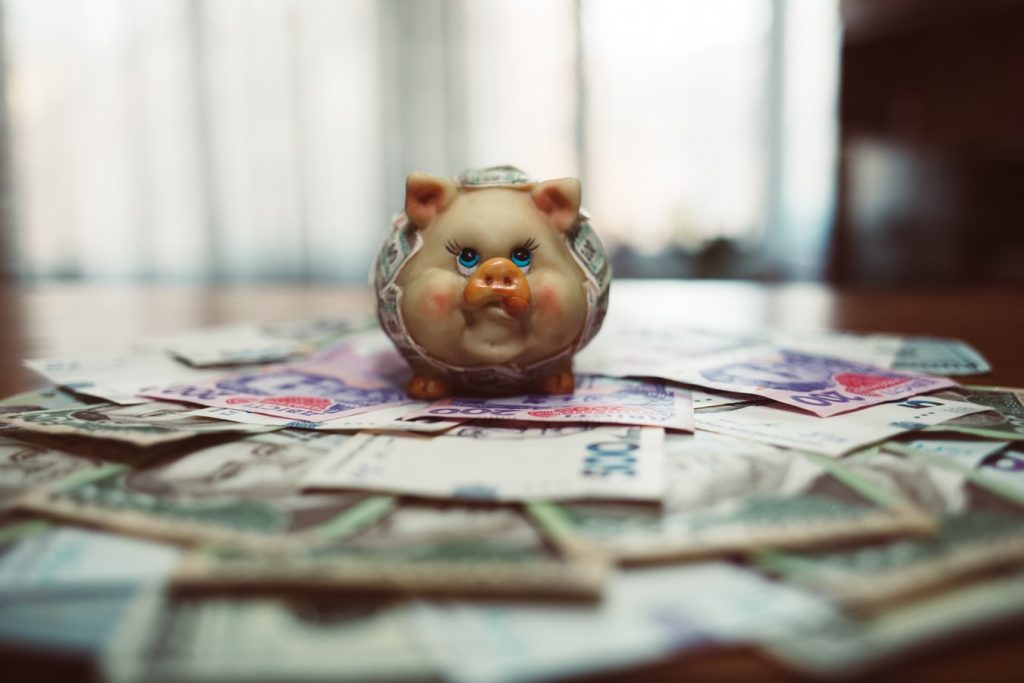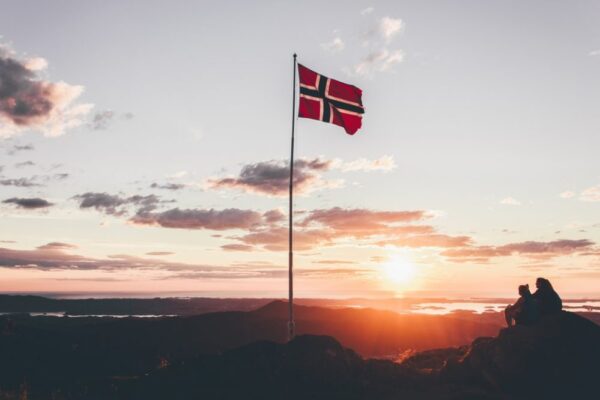In 2023, Norway’s economy contracted by 2,5%, marking the weakest development since 1945. However, considering the context, the country performed better than all the other states in Europe. Norway’s economy registered a record decline in the second quarter of 2023 after the COVID-19 lockdown made itself felt at its full effect.
The mainland GDP (it doesn’t include gas and oil production) dropped by 6% from the first quarter. However, being a financially stable country, Norway quickly rebounded, and in June, the economy grew by 3.7% from May’s values. The second quarter of 2023 was worse than the most difficult quarter during the financial crisis, revealed Pal Sletten, the head of the National Accounts unit at Statistics Norway because, in 2008, the GDP dropped by only 2,3%.
Despite the record decline, Norway is still experiencing a milder recession than other European countries because it better controls the pandemic. It also has a $1.2 trillion wealth fund it uses to provide record levels of stimulus without triggering debt markets.
The monetary and fiscal authorities provided considerable support for the national economy, and the government was able to focus on the burning issue of the COVID-19 crisis. When the government presented the draft budget for 2023, it expressed its intentions to maintain the expansionist policies, even if the data shows that spending will not hit the same rates as in 2023.
For its neighbours, it was surprising to notice that the industries the pandemic hit the most were the ones to have the strongest rebounds in the Q3. For example, household consumption quickly bounced back, reaching an increase of 10%. Similarly to other states, the recovery hit the strongest point the moment the government lifted the lockdown measures.
The Statistics Norway’s monthly indicator showed a GPD rise of 0.6% in September 2023. In November, Norway registered a new flare up in the number of infected patients. The government imposed new social distancing restrictions and recommended residents to isolate themselves at home as much as possible.
How monetary and fiscal policies helped Norway stay afloat during the pandemic

As stated before, the government adopted a budget that supports the expansionist fiscal policy, even if it adopted the budget for 2023 before registering the increase in the number of coronavirus cases. The country finances the government’s deficit by transferring finances from the Oil Fund, calling the method structural non-oil deficit.
The authorities expect the deficit to be around 3% of the overall fund’s value in 2023; after last year, it was 3.9%. This measure is regulated, but it allows for flexibility if the government considers the country is dealing with shocks like the COVID-19 pandemic. In September, the Norges Bank softened its discourse and predicted rate hikes in the following years.
But as the number of cases increased starting November, it returned to a cautious position, revealing that it maintains the policy rate to 0% until the economic conditions return to normal. The central bank suggested that the high infection rates in Norway and overseas can periodically stop the upswing.
Norway registers a strong rebound from the pandemic

The government expects a gradual recovery for the economy even if the infection rates have slightly increased in recent months. Everyone’s aware that even with the vaccine available, the virus won’t be totally eradicated, and they need to find a way to maintain the economy stable while dealing with COVID-19.
The healthcare professionals have more knowledge about the pandemic and can come up with effective measures to limit its impact. With the economy bouncing back, the employment rate will also grow, even if Norway will still experience the higher unemployment rate it registered in a long time. In the present context, the wage growth will reach minimum levels.
However, the crisis hit different wage-earners differently, and therefore the average pay level is set to rise. The economy will not be the same as before the pandemic because the hard-hit industries may suffer permanent damage. Let’s have a look at what the following period has in store for Norway and how the country will recover from the devastating effects of the COVID-19 crisis. Household is expected to be the engine that supports the rebound of the economy
Surprisingly household demand increased even during the pandemic, concentrating on goods and services. The growth reached a pike point in April and March when the pandemic hit the hardest. In June, the household growth registered a 6% increase compared with last year rates. Local ventures that are struggling with the present economy’s financial imbalances need expert accounting assistance like investikon.no to identify the right strategies to reduce the bankruptcy risk.
Norges Bank will maintain the present rate

Norges Bank has set a strong message, it doesn’t find negative interest rates lucrative, and therefore it will maintain the policy that implies no further cuts. After setting the rate to zero in May 2023, it communicated that it would maintain it until 2023. But the unemployment rate directly impacts the interest rate in the long run, and there’s a chance the Norges Bank to modify the rate earlier than 2023.
Real estate prices will continue to grow

Norwegian real estate experts are confident that the reopening of the economy will allow the industry to stay afloat. Despite the unemployment rates, the housing market maintains its rates and intends to raise them even further.
The present rate cuts mean that buyers with average instalment loans can afford to pay for real estate by 15-20% more without affecting their budget. During the first months of the pandemic, the real estate market took a huge hit, and everyone felt uncertain about the future.
But as housing developers quickly came up with backup strategies, the situation has steadily improved. The current travel restrictions encourage people to spend money locally, which can only benefit the national economy. The government’s aid programs will also help companies bounce back and compensate for losing jobs and income.



















